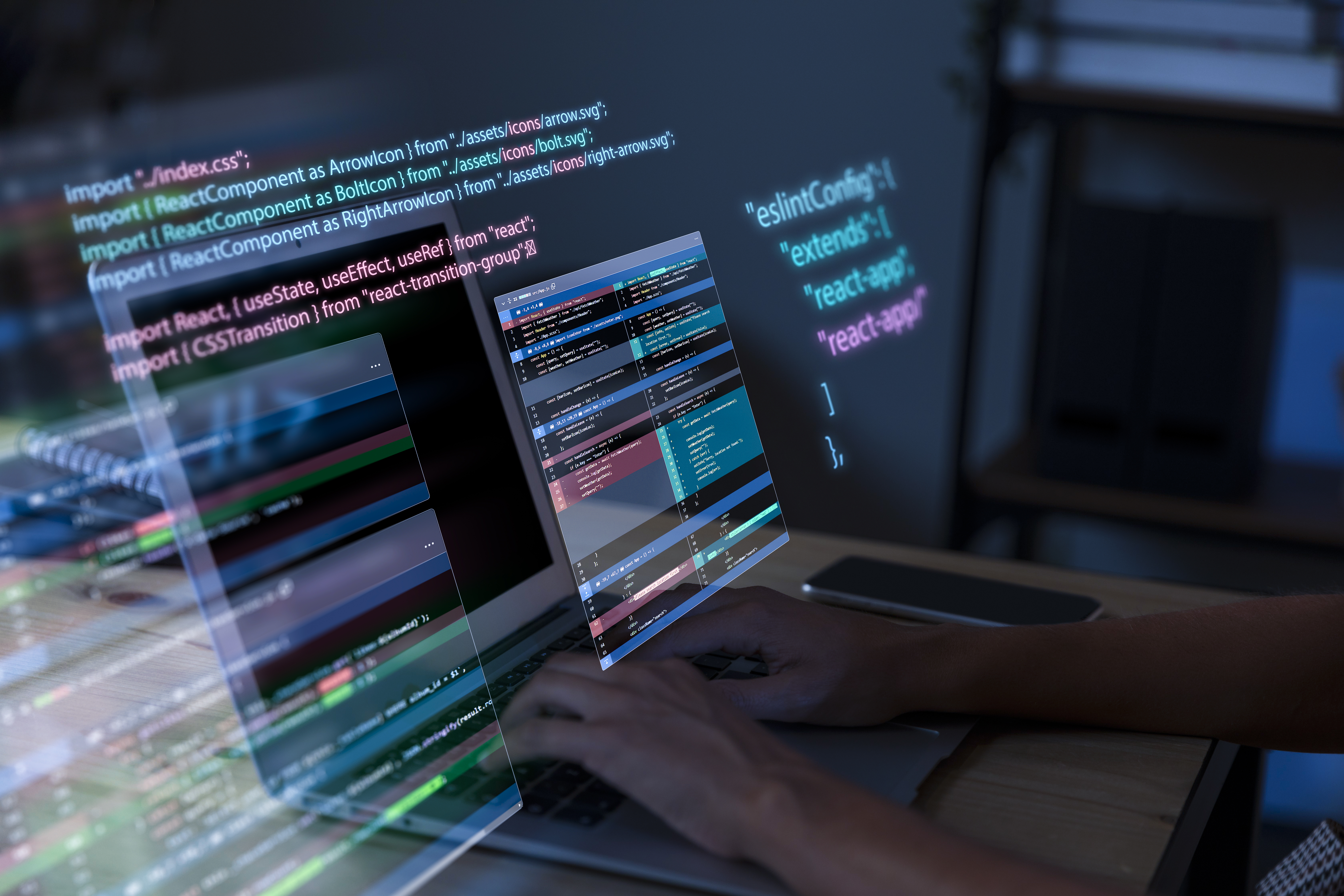How SRE’s can leverage Observability for better decision-making
What is Observability?
Observability refers to the degree to which an engineer or operator can understand the internal workings of a complex system solely through its external outputs. The higher the level of observability, the more swiftly and accurately one can trace identified performance issues to their underlying causes, without the need for additional testing or coding.
In the realm of IT and cloud computing, Observability encompasses software tools and methodologies for consolidating, correlating, and scrutinizing a continuous flow of performance data from a distributed application and its underlying hardware and network. The objective is to improve the monitoring, troubleshooting, and debugging process of the application and network, thereby ensuring customer satisfaction, meeting SLAs, and fulfilling other business objectives.
A relatively new IT topic, Observability is often mischaracterized as an overhyped buzzword. But it’s not just a rebranding of traditional system monitoring, application performance monitoring (APM), and network performance management (NPM), but rather an evolution of these practices. Observability doesn’t replace monitoring — it enables better monitoring, and better APM and NPM.
Need for Observability in SRE
For years, IT teams have heavily relied on Application Performance Monitoring (APM) to ensure that applications are running smoothly. APM collects and analyzes telemetry data from applications and systems periodically to identify performance issues. The results are then presented on a dashboard for operations and support teams to act upon.
While APM has been a reliable method for monitoring and troubleshooting traditional distributed applications, the increasingly popular use of Agile development, CI/CD, DevOps, microservices, containers, Kubernetes, and serverless functions have resulted in faster delivery times, but also more complexity.
However, with the increasing complexity of modern distributed applications, APM alone is not enough to provide full visibility into the root cause of performance issues.
This is where observability comes into play for SRE’s, offering a more comprehensive approach to monitoring and troubleshooting. The primary goal of SRE is to ensure prompt detection, prevention and resolution of issues. By aggregating and analyzing a continuous stream of performance data, observability enables SRE teams to quickly identify and resolve issues in today’s dynamic and distributed application environments.
Benefits of Observability for SREs
Observability offers numerous benefits for organizations, making it easier to understand, monitor, and update complex systems. It directly supports the goals of Agile/DevOps/SRE methodologies by enabling organizations to discover and address unknown issues, catch and resolve issues early in the development process, and scale observability automatically.
One of the chief advantages of observability for SREs is the ability to discover issues that they might not even know exist, and then track their relationship to specific performance problems. By providing context for identifying root causes, observability helps speed issue resolution. It also allows DevOps teams to identify and fix issues in new code before they impact customer experience or service-level agreements.
Another advantage of observability is the ability to automatically scale up or down as needed, by specifying instrumentation and data aggregation as part of a Kubernetes cluster configuration. By combining observability with AIOps machine learning and automation capabilities, it is possible to predict issues based on system outputs and resolve them without management intervention. This enables automated remediation and self-healing application infrastructure.

Observability platforms work by continuously discovering and collecting performance telemetry from various sources, including existing instrumentation built into application and infrastructure components.
How can SRE’s use Observability as a foundation to build resilient systems?
Observability platforms work by continuously discovering and collecting performance telemetry from various sources, including existing instrumentation built into application and infrastructure components.The telemetry collected by observability platforms can be categorized into four types: logs, metrics, traces, and dependencies.
Logs: Complete and immutable records of application events that provide a high-fidelity, millisecond-by-millisecond record of every event with context.
Metrics: Fundamental measures of application and system health over a period of time, such as memory or CPU capacity usage.
Traces: Record the end-to-end journey of every user request through the distributed architecture.
Dependencies: Reveal how each application component is dependent on other components, applications, and IT resources.
Once the telemetry data is collected, observability platforms make use of real-time correlation to provide DevOps and SRE teams with complete, contextual information about any event that might indicate, cause, or be used to address application performance issues. This means they not only provide the “what” of an issue but also the “where” and “why”.
Observability platforms are also designed to automatically discover new sources of telemetry as they emerge within the system. This could be something as simple as a new API call to another software application. Additionally, since observability platforms deal with a much larger amount of data than standard APM solutions, many platforms include AIOps capabilities to sift through signals that indicate real problems and differentiate them from noise or irrelevant data.
Observability is the key to staying ahead in the game. Don’t get left behind – take up the DevOps Institute Certified Observability Foundation℠ course with TaUB Solutions under the tutelage of Suresh GP!





